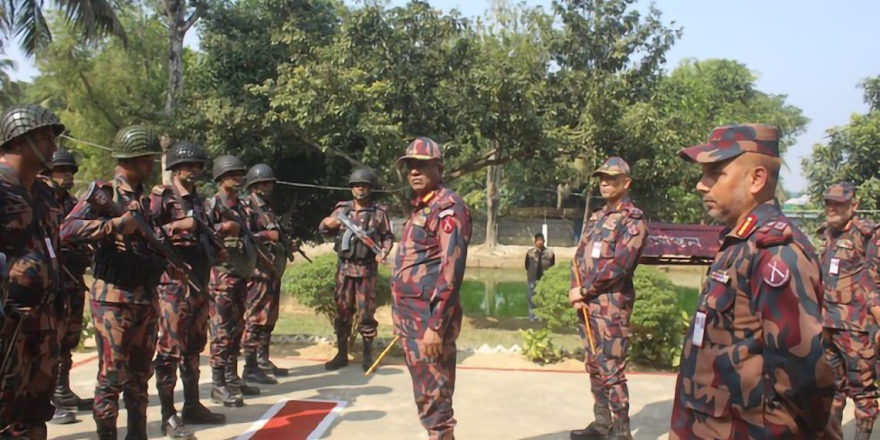Myanmar Spring Chronicle – View from September 17
(MoeMaKa) September 18, 2025
Could geopolitical tremors emerge in Myanmar’s western region?
Looking at several recent reports from Bangladesh’s frontier areas adjoining Myanmar’s Rakhine State, a few developments stand out. A Bangladeshi border forces commander alleged that narcotics are being smuggled across the Myanmar–Bangladesh border into Bangladesh. And just days ago, news surfaced that in Bangladesh’s Chattogram Division the Bangladeshi and U.S. militaries conducted Operation Pacific Angel 25-3, a joint air-force exercise—an item that quickly spread beyond the Myanmar–Bangladesh border news cycle.
Because Bangladesh’s caretaker government—viewed by many as closer to the Western camp, especially the United States—is led by Muhammad Yunus, questions are being asked about what these joint air exercises could mean for neighboring, war-torn Myanmar.
In the days prior, social media posts claimed two U.S. Air Force C-130 transport planes flew through Myanmar airspace; then, on September 26, reports emerged that the U.S.–Bangladesh joint exercise was held at a Bangladeshi air base in the Chattogram area.
After last year’s protests in Bangladesh that left dozens dead, elected Prime Minister Sheikh Hasina fell from power and fled the country. Those events have had knock-on effects for Bangladesh–Myanmar relations. Hasina had maintained close ties with China; given Beijing’s investments in Rakhine—such as the Kyaukphyu oil pipeline and deep-sea port—China is almost certainly watching the shifting Bangladesh–Myanmar relationship very closely.
Meanwhile, with the Arakan Army (AA) now controlling 80–90% of Rakhine State, Beijing will be keenly observing not only AA–Bangladesh interactions but also how those might affect Chinese interests. For now, relations between Bangladesh’s caretaker government (seen as closer to the U.S.) and the AA, which controls nearly all of Rakhine’s territory, appear less than smooth. In recent months AA units have reportedly detained Bangladeshi fishing boats and crews for illicit fishing inside Myanmar waters around the Naf River and estuaries in Maungdaw Township. Conversely, Bangladesh has publicly complained—most recently at a press briefing—that drugs are being smuggled by sea from AA-held areas in Myanmar into Bangladesh. These episodes are creating friction between the AA and Bangladesh’s border guards—that is, with the Bangladeshi state itself.
Taken together—incursions into maritime zones for illegal fishing, illicit drug and goods smuggling, and the Chattogram joint air exercise—these are becoming geopolitical signals to watch along this frontier. The likely cast of actors includes Bangladesh, the United States, the AA, the Myanmar military, and China. Bangladesh with the U.S. and, on the other side, China with the Myanmar military appear on opposing benches; that leaves open questions about where the AA positions itself, whose interests it overlaps with, and how those alignments may evolve.
Geographically, Bangladesh and India sit on the western rim of the Bay of Bengal, with Myanmar’s Rakhine coast on the eastern rim. Until recently, India and China had their own enduring boundary disputes and rivalry. But U.S. trade policies and “America-first” economic moves have nudged India’s calculus, while the U.S.–China competition has in many ways overtaken the China–India rivalry in salience. India may, for the moment, set aside some of its rivalry with China, deepen working ties with Myanmar’s military, and watch how far U.S. influence extends in Bangladesh.
Viewed this way, shifting geopolitics along Myanmar’s western borders with Bangladesh and India could bear directly on the Spring Revolution, the broader pro-democracy struggle, and the ethnic armed organizations. It is therefore time to reassess and evaluate how these external moves might affect Myanmar’s internal political trajectory.

